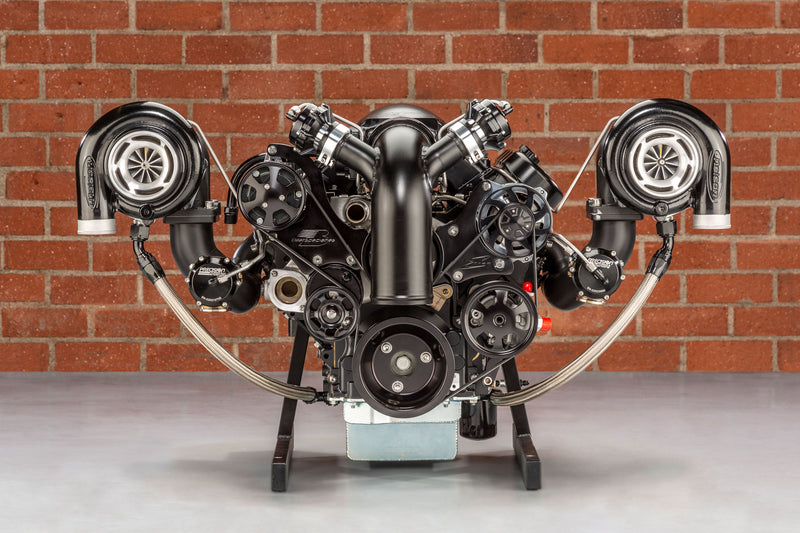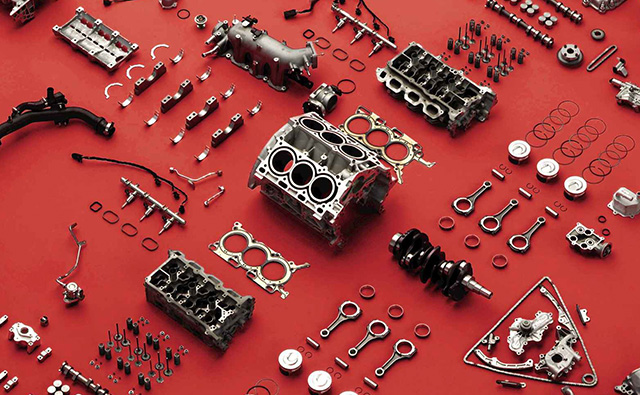The Mission for Ultimate Driving Power: Examining the Pinnacle of Engine Efficiency and Technological Innovations in the Automotive Industry
In the world of automotive engineering, the quest of optimum driving power has actually been a relentless quest that has actually unfolded through the evolution of engine design and the assimilation of advanced technologies. From the thorough craftsmanship of combustion engines to the rapid improvements in electrical propulsion systems, the automobile market stands at the cusp of a new era identified by extraordinary performance capabilities. As scientists and engineers dig much deeper into the realms of computational liquid characteristics and check out innovative fuel innovations, the perspective of possibilities broadens greatly. Remain tuned as we decipher the detailed tapestry of technological innovations that are forming the future of automotive power and performance.
Advancement of Engine Design

Furthermore, the assimilation of turbocharging and supercharging modern technologies has revolutionized engine layout by boosting power without significantly raising engine dimension. These forced induction systems press the intake air, permitting for even more fuel to be ignited, thereby generating better power output from a smaller engine. This improvement has actually been specifically essential in boosting the performance of smaller sized displacement engines while maintaining fuel efficiency requirements.

Performance-Enhancing Fuel Technologies
The execution of innovative fuel innovations has actually considerably added to improving engine performance in contemporary automobiles. From traditional fuel and diesel to cutting-edge biofuels, artificial gas, and hydrogen, the automobile market is experiencing a transformation in gas alternatives. Biofuels, originated from sustainable sources like algae, sugarcane, or corn, deal boosted and decreased discharges engine effectiveness. Artificial fuels, produced via chemical processes, give high octane rankings, boosting power result. Hydrogen gas cells, although still in the early stages of fostering, reveal excellent pledge because of their zero-emission nature and possibility for high efficiency. In addition, fuel additives and cleaning agents are being created to tidy engine parts, enhance burning, and minimize rubbing, thereby increasing general lorry performance. With recurring r & d, the quest for the best driving power continues, as engineers make every effort to open the complete capacity of performance-enhancing gas innovations in the automotive industry.
Improvements in Electric Propulsion
Substantial strides in electrical propulsion technology have reinvented the automotive sector, paving the way for a new age of effective and sustainable transportation. Electric vehicles (EVs) are getting popularity because of their environmental benefits and improvements in battery modern technology, enabling longer driving ranges and shorter charging times. Producers are investing heavily in r & d to boost the performance of electric propulsion systems, concentrating on increasing power output, improving power view performance, and lowering total weight.
One noteworthy advancement in electric propulsion is the growth of innovative electrical motors that deliver greater torque and power thickness, leading to boosted velocity and overall driving efficiency. In addition, regenerative braking systems have been improved to catch and keep energy during slowdown, more boosting the performance of EVs.
Additionally, the integration of smart modern technologies, such as expert system and anticipating analytics, is optimizing the monitoring of electric propulsion systems, guaranteeing optimum efficiency under different driving conditions. These advancements in electrical propulsion are reshaping the auto landscape, driving the market towards a more lasting and energized future.
Influence of Computational Fluid Characteristics
With improvements in electric propulsion pushing the limits of automotive modern technology, the integration of Computational Liquid Characteristics is playing an essential duty in optimizing wind resistant performance and improving overall efficiency in vehicle style. Computational Fluid Dynamics (CFD) includes the usage of computer simulations to analyze the circulation of air around a lorry, allowing designers to forecast how style modifications will certainly impact aerodynamics without the requirement for pricey physical prototypes. By precisely modeling air flow patterns, CFD permits for the improvement of vehicle shapes to minimize drag, boost air conditioning, and improve stability.
One trick advantage of utilizing CFD in car pop over to these guys style is the capacity to iterate rapidly, checking out countless layout variations to determine the most aerodynamically efficient options. This repetitive procedure causes lorries that are not just sleeker and more visually appealing however likewise a lot more fuel-efficient and eco pleasant. Furthermore, CFD enables engineers to optimize airflow around components such as radiators, engine bays, and wheel wells, adding to improved efficiency and overall driving experience. Finally, the integration of Computational Liquid Dynamics represents a considerable progression in the pursuit for ultimate driving power and effectiveness in the automobile sector.
Future Patterns in Engine Development
In the dynamic landscape of vehicle design, sophisticated innovations are shaping the future trajectory of engine development. The future of engine style is noted by a solid emphasis on efficiency, efficiency, and sustainability. Producers are increasingly concentrating on developing engines that not just deliver high power results yet additionally prioritize ecological responsibility by lowering discharges and enhancing gas effectiveness.
One noticeable trend in engine advancement is the rise of electrification. Hybrid and electrical powertrains are gaining traction as feasible alternatives to traditional burning engines. These modern technologies provide the possibility for significant reductions in carbon discharges and enhanced power effectiveness, straightening with global efforts to deal with climate change.
Additionally, improvements in products scientific research and manufacturing techniques are enabling the manufacturing of lighter and extra durable engine components. This shift towards light-weight products such as carbon fiber and aluminum alloys adds to enhanced efficiency and gas economic situation.
Conclusion
Finally, the search of ultimate driving power in the automobile industry continues to drive developments in engine style, fuel innovations, electric propulsion, and computational fluid dynamics. The evolution of these technologies is shaping the future of engine innovation, paving the means for a lot more reliable and powerful cars (engines for africa). As the market remains to press the limits of what is possible, we can expect to see even more groundbreaking advancements in the mission for peak performance
One of the key milestones in engine layout development is the shift from conventional carbureted engines to modern-day fuel-injected systems. By specifically metering the gas view it now shipment to each cylinder, fuel-injected engines maximize combustion, resulting in better efficiency and minimized environmental effect.
Additionally, the integration of turbocharging and turbo charging innovations has actually transformed engine design by enhancing power without substantially enhancing engine size (engines for africa).The execution of sophisticated gas technologies has actually substantially contributed to boosting engine performance in modern-day automobiles. Additionally, fuel additives and cleaning agents are being formulated to clean engine elements, enhance burning, and lower friction, therefore improving overall lorry performance